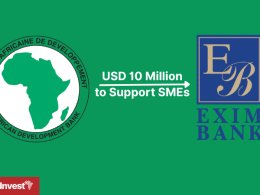The government of Tanzania has announced its renewed commitment to restoring the General Tyre East African Limited (GTEA), which was once the largest tire-making plant in the East African region with peak production of as many as 1,200 tires per day and 4,000 employees.
According to the Tanzanian Deputy Minister of Industry and Trade, Janeth Mbene, who spoke during a recent visit to the tire factory, the National Development Corporation (NDC) has already begun work to rehabilitate the plant’s buildings and surrounding areas and is verifying that the factory machines are in working condition.
“As government, we are interested to see the factory resumes operation as soon as possible,” she said, “I can confirm that the plant is to start operation before the end of this year.”
Hon. Mbene went on to explain that, while there were a number of issued to address before transferring the plant to potential investors, the government is confident in the tire market due to the quality of tires produced by the plant as well as the demand for GTEA produced tires.
GTEA first began production in 1971 and changed ownership several times in the late 1990’s and mid-2000’s when General Tyre North America sold shares to the German-based Continental AG company and the plant in Tanzania was closed as a result of the increased importation of tires from other international distributors.
The government of Tanzania has indicated that they expect the tire producer will employ nearly 333 people and produce approximately 320,000 tires per year at peak production soon after the start of operations.










